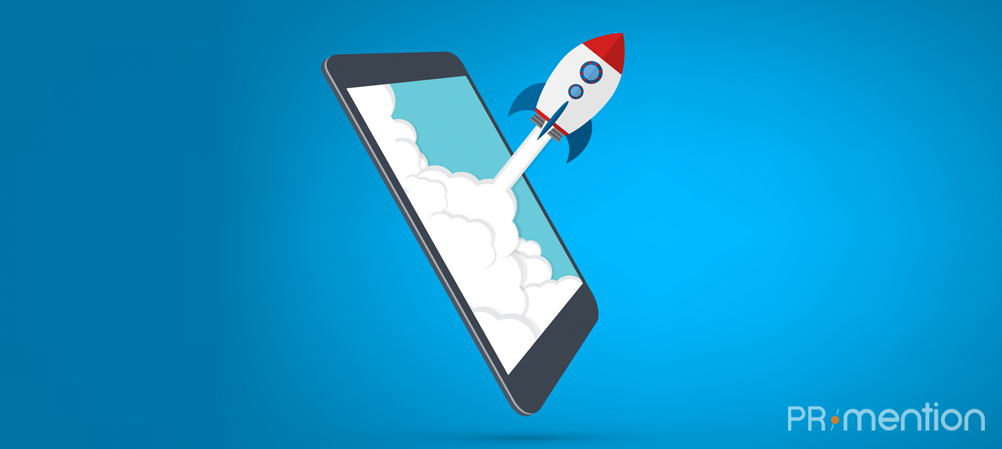The COVID-19 pandemic and the social distancing requirements surrounding it mean the virus outbreak has drastically changed how people work, socialize and shop. Its effects likely mean you must do business differently and handle marketing in coronavirus with care.
Here are some things you can do to ensure customers you’re doing everything you can to keep them safe and that you’re open for business.
1. Offer an Overview of What Changes Shoppers Can Expect
Many retailers introduced several new changes in light of COVID-19. It can feel jarring if a person comes into a store and sees a lot of unfamiliar measures in place, even if that individual knows they are for increased safety. You can consider taking the approach that Target did. The company’s chairman and CEO, Brian Cornell, gave details about the new measures in an interview format for easy readability.
Some of the introduced processes include:
- Installing signs and floor decals to help visitors keep safe distances in stores
- Sanitizing the checkout lanes between each guest, and deep cleaning the ones not in use at a given time
- Asking guests who bring reusable bags to pack their items because team members will no longer handle them. If shoppers need bags, each Target location has paper and plastic ones to offer, and it will temporarily waive any fees associated with purchasing them.
- Offering an hour of in-store shopping time on Tuesdays and Wednesdays for older guests and those with underlying health conditions
When you clarify what you’re doing differently to maintain safe customer relationships as COVID-19 affects the world, people are more likely to conclude it’s still safe to shop at your store. Also, having someone in a position of authority announce what’s new should build trust.
2. Tell People About Efforts to Limit Foot Traffic in Stores
Your steps for marketing in the coronavirus period should also reflect how the brand is following recommendations from top health officials. For example, social distancing means staying at least 6.5 feet or 2 meters away from others. Moreover, many government leaders restricted the number of people that can simultaneously gather in places like grocery stores.
Consider investing in a people-counting system and clarifying that it’s another measure to help establish safe distances. Since some options on the market offer up to 99.5% count accuracy, those solutions give peace of mind to customers, as well as employees.
Kroger recently announced that it would restrict the number of shoppers to 50% of the international building code’s calculated capacity. That works out to one person per 120 square feet.
3. Explain the Measures Adopted to Protect Team Members
It’s also crucial that your brand takes the time to educate customers about what’s happening to keep employees safe. If the public gets the impression that your company cares more about turning a profit that safeguarding workers from sickness, they may feel guilty about continuing to buy from you and take their business elsewhere.
Amazon says it has made more than 150 significant process changes regarding worker health and safety. Among those are more than 100,000 temperature checks per day and requirements that people go home if the thermometer registers over 100.4 degrees Fahrenheit. Moreover, that person must remain away from work until they have no fever for three consecutive days.
Like many other brands, Amazon is giving its team members masks to wear. It also clarified that supplies of disinfecting wipes and hand sanitizer were always readily available before the COVID-19 crisis, and measures are underway to keep it that way now, even as demand goes up.
4. Discuss How Social Distancing Applies to Deliveries
Most major brands that offer deliveries now provide no-contact options so a person can get their goods without getting close to the driver. You can strengthen customer relationships during COVID-19 by explaining what you do to keep people safe as they give or receive deliveries.
Apache Pizza, an Irish chain, arguably goes more in-depth than most when explaining its no-contact protocols. The brand provides people with the details of the seven steps a delivery person abides by for each customer interaction.
For example, in addition to sanitizing their hands before and after a delivery, a driver places a customer’s bag of food on an empty pizza box while staying at a safe distance and waiting for them to retrieve it. Doing that ensures the packaged food does not touch the ground.
5. Provide Hard Data When Appropriate and Applicable
As you iron out plans for marketing in the coronavirus times, attempt to put data points in your messaging to customers if doing that makes sense and applies to your announcement. Then, people will be more likely to agree that you’re boosting safety in measurable and thoughtful ways.
For example, the Metropolitan Transportation Authority (MTA), which serves New York and Connecticut, is still running essential services. It provided people with statistics about the supplies distributed to employees during the pandemic. The press release mentioned 240,000 masks and 3.2 million gloves among the information cited.
Show Commitment During COVID-19
Let these five suggestions influence your customer communications during the coronavirus. Many people are still eager to support businesses however they can, but only if they feel safe. These tips should put individuals at ease.
Kayla Matthews is a digital marketing journalist and writer whose work has been published on Outbrain, Marketing Dive, Contently and Inc.com, among others. To read more from Kayla, please visit her personal blog at https://productivitybytes.com

